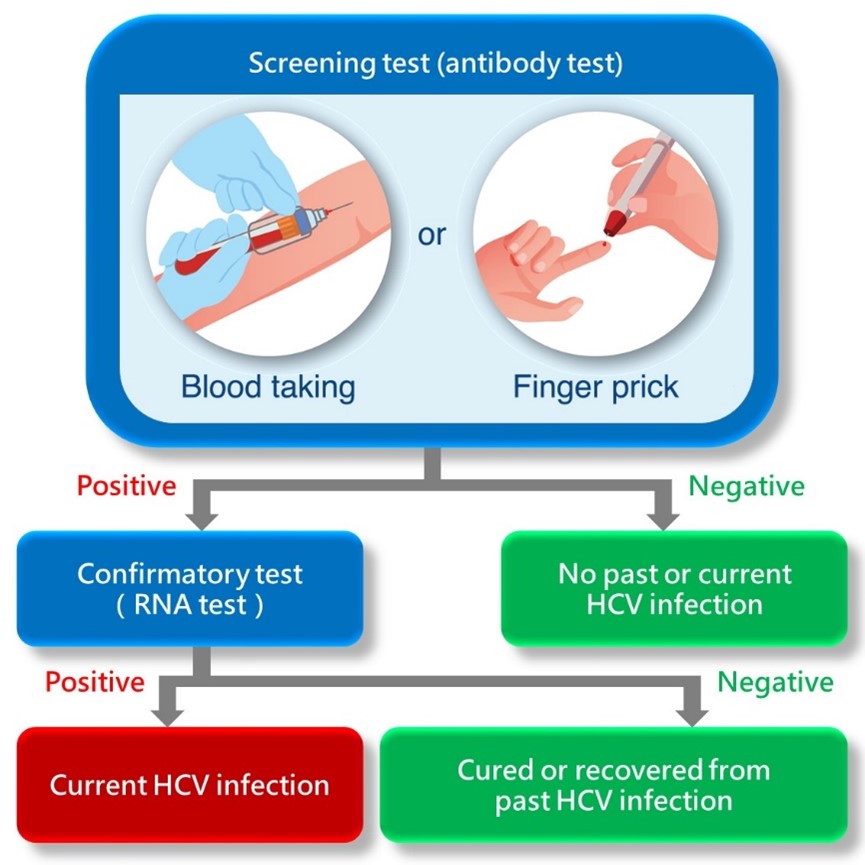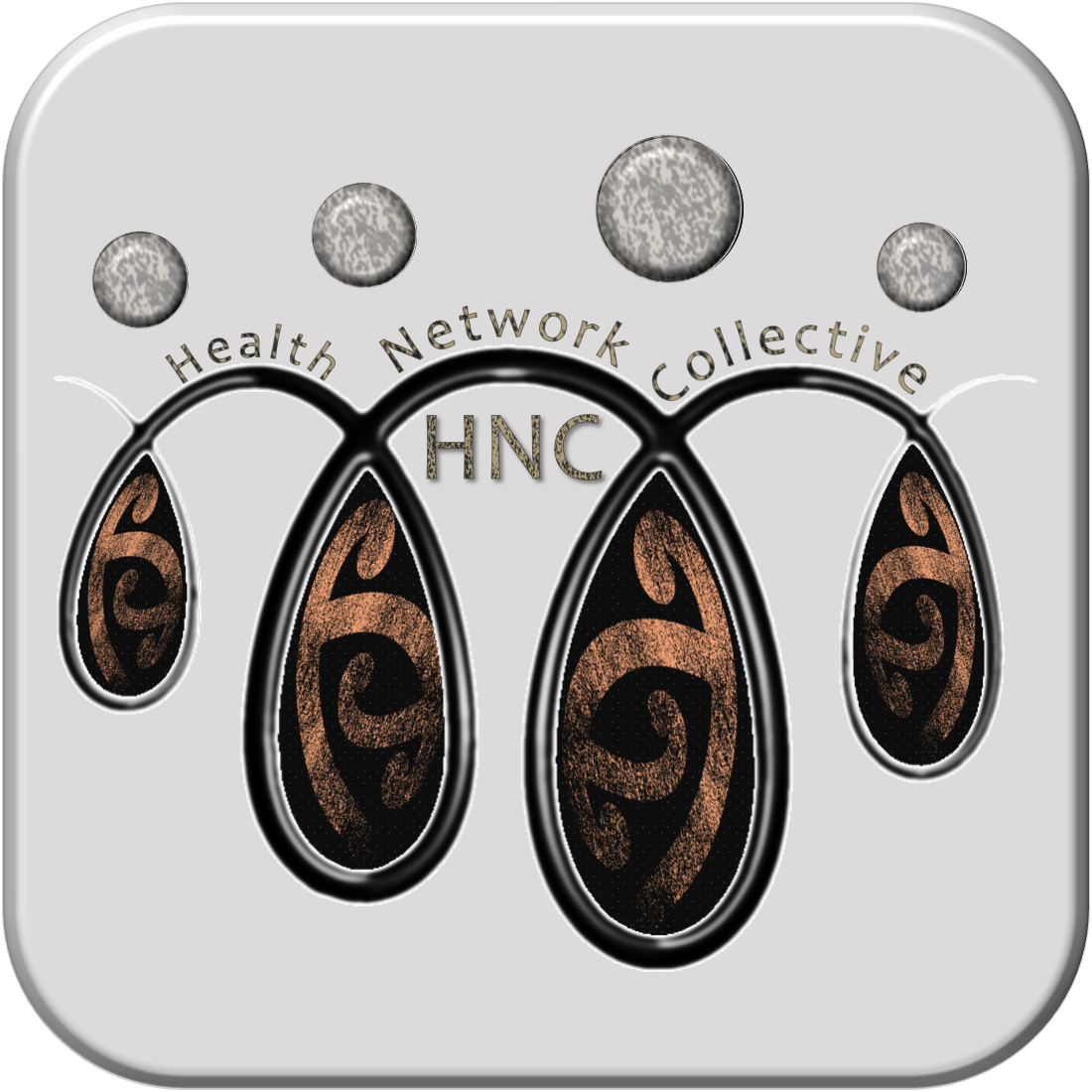Back to: Hepatitis C, an introduction
Now we have a basic understanding of Hepatitis C, the infection, transmission, risk and some understanding of impacted populations, we can make a start towards the reason you are completing this course. Screening and Testing.
The below two notes of information are very important for us to understand as testers and as kaiawhina / peers working in and with our communities.
- Following exposure to HCV that has resulted in infection, it can be up to 8-11 weeks for an HCV antibody test to be reactive or positive. For most people antibodies, if present, will show as positive ten (10) weeks after exposure that has resulted in infection.
- Antibodies are proteins are released into the bloodstream when you get infected with HCV, and these will always be present regardless of if you have the virus in your blood or not, or have been cured or not.
A blood sample is required to test for Hepatitis C

A Rapid Diagnostic Test (RDT) point of care test involving a finger prick blood sample to check for antibodies. This tells if the tested person has been exposed to HCV. If negative, it is unlikely they have been exposed.
If positive, in the case of the RDT showing positive, another sample needs to be taken for a confirmatory test, the blood sample test may automatically advance to confirmatory testing. This is explained more below.
Screening Anti-HCV Test: as we described this test shows the presence, or not, of HCV antibodies in the blood. This indicates previous exposure to HCV. The test can be conducted in several ways, we will go into more depth on using a finger prick Rapid Diagnostic Test (RDT) using a cassette, drop of blood and a reagent that can produce a positive (reactive) or negative (non-reactive) result within 5-20 minutes. This is a relatively inexpensive means of testing that is quick and suitable for widespread testing. Positive, or reactive, results do require further testing.
Another option for Anti-HCV testing is dried blood spot testing or venous sampling. These have a higher skill level, involve a lot more expense and logistics and are reliant on qualified resourcing at many levels of the process. The advantage for the wai ora is a single test to treatment (in most cases) pathway.
Confirmatory HCV-RNA Test: HCV Ribonucleic Acid (RNA) test is a laboratory machine-based test. Some of these machine-based systems are portable, however they all require a suitably qualified operator to conduct testing with samples for testing also (generally speaking) needing a qualified person to obtain. This type of test is required before wai ora can be offered treatment.
SO… why not just use RNA type test everyone… In a perfect world this would be the ideal. Reality is we have hesitancies and stigmas affecting some populations, discouraging their participation with existing health systems and structures. Kaiawhina and peer access is often possible and this is where RDT POCT type testing is suited. Other factors can simply be the resources and expense required for a whole of population RNA type testing program.
You should get tested for hepatitis C if you, or your wai ora:
- Are 18 years of age and older (get tested at least once in your lifetime)
- Are pregnant (get tested during each pregnancy)
- Currently inject drugs (get tested regularly)
- Have ever injected drugs, even if it was just once or many years ago
- Have HIV
- Have abnormal liver tests or liver disease
- Are on hemodialysis
- Received donated blood or organs before 1992
- Have been exposed to blood from a person who has hepatitis C
- Were born to a mother with hepatitis C
Recommended regular testing if wai ora are currently injecting or sharing injecting equipment, or partaking in other at-risk behaviors.
Always recommend HCV tests with pregnancy.
